
or
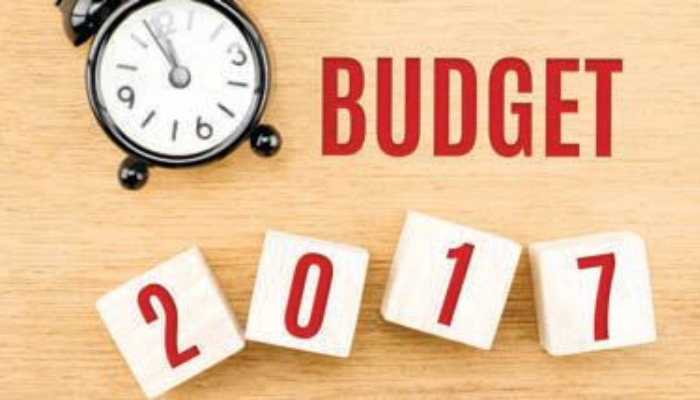
The Budget 2017-18 has many measures to take the economy forward. Milestones such as creating digital infrastructure, new initiatives for skill development, reforming the UGC should lead to enhancing India’s strength as an economic and educational power house.
The Budget 2017-18 was historical in more ways than one. The Finance Minister presented this Budget on February 1, instead of the last day of the February, which was the tradition so far. Secondly, it was the first union Budget which also included the Railway Budget. The merger of the Railway Budget with the General Budget was done keeping in view of bringing the Railways to the centre stage of Government’s fiscal policy in order to facilitate multi modal transport planning between railways, highways and inland waterways.
Thirdly, it was a Budget after demontisation, second in the history of India. In fact, Arun Jaitley has the distinction of being the Finance Minister who also presented many path breaking, historical and impactful economic reforms and policy making. It was in his tenure that GST Bill and the Insolvency and Bankruptcy Code were presented and passed by the Parliament. Both these reforms are of great significance to India. In the UPA 2, a new Company Act was promulgated and the Competition policy was formulated which were path breaking moments also in the history of India as far as regulatory structure in India is concerned.
Coming to Budget 2017, there was much anticipation and apprehension given what the country had seen during the past three months. Then on the day of the Budget, there was sad demise of a sitting member of the lower house of Parliament. This created a unique situation, since as per the rule, the House should be adjourned for the day after expressing the condolences on the demise of a sitting MP. However, there was also a precedent when the Budget presentation went on without any adjournment at the death of a sitting MP, just a silence for a few minutes before the beginning of the session. But the opposition this time demanded an adjournment. However, when the House met, the Speaker asked the Finance Minister to present the Budget 17-18 after a minute a silence expressing condolences.
The Union Finance Minister started presenting the Budget 2017 amid some mild protests by the opposition members but it died down soon as the FM went ahead with the presentation. Business got precedent over politics. The finance minister began by saying that he was presenting this Budget when the world economy faced considerable uncertainty, in the aftermath of major economic and political developments during the last one year. He also said that amidst global bleaky scenario, India stood out as a bright spot in the world economic landscape. India’s macro-economic stability continues to be the foundation of economic success. CPI inflation has declined from 6% in July 2016 to 3.4% in December, 2016 and is expected to remain within RBI’s mandated range of 2% to 6%. Foreign Direct Investment (FDI) has increased from ` 1,07,000 crores in the first half of last year to ` 1,45,000 crores in the first half of 2016-17. This marks an increase by 36%, despite 5% reduction in global FDI inflows.
Mr Jaitley also said that the Government has also continued on the steady path of fiscal consolidation, without compromising on the public investment requirements of the economy. Talking about the demonitisation, the FM said that it sought to create a new ‘normal’ wherein the GDP would be bigger, cleaner and real. He said, “This exercise is part of our Government’s resolve to eliminate corruption, black money, counterfeit currency and terror funding. Like all reforms, this measure is obviously disruptive, as it seeks to change the retrograde status quo. Drop in economic activity, if any, on account of the currency squeeze during the remonetisation period is expected to have only a transient impact on the economy.”
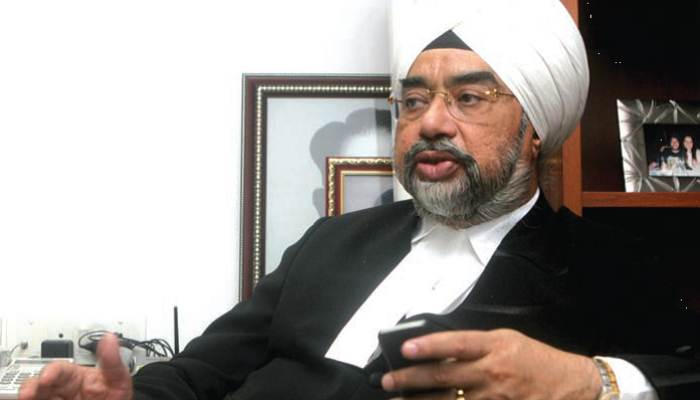
The Budget 2017-18 was a budget to consolidate the tax reforms so far announced by the Governments ever since 1991-92 though it ought to have reached the much-awaited goal of achieving full-fledged tax reforms. May be in the Government’s view the near optimal economic year would be 2018 after GST is brought into operation. The Hon’ble Finance Minister has sent the first signal to all those whose turnover is less than 50 crores and reduced the corporate tax by 5% but the budget fell short of not considering that the tax surcharge of 10% and 15% continuing to be levied for that would really take away the benefit given to the firms and companies having a turnover of less than 50 crores. On the personal income tax side, the budget did take a significant step of reducing the tax rate from 10% to 5% for the lower middle class taxpayers i.e., between Rs. 2.50 lacs to Rs. 5 lacs and may also benefit taxpayers earning between Rs. 5 to Rs. 50 lacs to some extent.
If the tax compliance data offered in the budget itself is taken into account, the result that follows is that taxpayers for the financial year 2015-16 earning between ` 10,00,000/- to ` 50,00,000/- only 13% individuals paid taxes to which there is no surcharge. The taxpayers above ` 50,00,000/- were over 26%. Therefore people earning more than ` 50,00,000/- were tax compliant and believed in rule of law but continue to be subjected to 10- 15% surcharge. Therefore, the budget misses a great opportunity of giving relief to such taxpayers by reducing the rate or surcharge. The policy of exacting more from the most tax compliant needs attention of the government.
The slab of ` 2.50 lacs has been retained by the budget for it estimates that 62% of the non-cultivator work force earns less than ` 2.50 lacs a year. The Budget claims that the demonetization did not have a big negative impact on the economy. Official estimates peg the DGP growth at no less than 6.7% with GDP for agriculture as 4.1% and expects that the kharif acreage would have an expansion of 3.5%. The budget estimates the agriculture growth for 2016-17 as 4.1% and claims that the ruby acreage has expanded by a minimum of 5.9%. This is in terms of the Economic Survey as of January 2013, which also asserts that the wheat acreage is up by 7.1%. Thus a minimum level of agricultural growth close to 5% will be there for 2016-17. The budget expects higher tax revenue and consequently, a higher GDP growth.
The Economic Survey raised the hope that something would be done in the budget to revive private investment and rationalized subsidies. Unfortunately on both these aspects there was no attention in the budget. One expected that based on the survey the budget will bring about some rationalization in the subsides and aggressively push Jan Dhan, Aadhar and mobile but on this front too the budget is silent. One had also expected that after LPG, subsidies for food and fertilizers would be rationalized if not given a complete go by. Notwithstanding what is noticed above, the budget does take several positive steps and move into directions that were required namely public investments for roads and railways. However, the substantial share of this investment comes from the PSU sector and incentives for private investment in these areas will boost the development. While saying so, the survey portrays that the longterm effects are conditional.
In the last budget before the present one National Infrastructure Investment Fund was announced with a loud voice but the present budget is silent on that.
One would have expected more aggressive and solution oriented action plan on non-performing loans, which is an ongoing disease with the banking and corporate sector. The budget does not deal with this issue with 90 billion US Dollars as nonperforming loans, though in reality it would be much larger. A well-known saying in law that delay in disposal is denial of justice, is equally applicable to the plaguing banking sector problems. International experience shows that the earliest the countries resolve the banking sector problems, they set their economy on a better pedestal and road to recovery.
The Economic Survey does refer to an establishment of a public sector asset rehabilitation company where all nonperforming loans shall be transferred and settled, so that the red in the balance sheet of the public sector banks and corporates is eliminated. It is however, not clear and no guidelines are laid as to how these public sector assets shall create their corpus and get financed.
Reserve Bank of India already had a good bashing and lost its creditability after the demonetization and if called upon to transfer securities to the asset reconstruction company, it would be adding fuel to fire.
One expects and wishes that the government would in future not think of bringing policies, which it is incapable of implementing like the demonetization. The setbacks received by the economy need to be addressed by the government, including increase in disinvestment, so that the economy can genuinely take the road to recovery and create jobs, which is the need of the hour, especially after the bashing by Trump from United States.
Steve H. Hanke, the noted American economist recently tweeted that demonetization is for losers and the Indian Prime Minister does not know where the country is heading now. Does our budget make us buy that?…
…as told to Khalid Perwez of Lex Witness bureau
Mr Jaitley also said that the Government has also continued on the steady path of fiscal consolidation, without compromising on the public investment requirements of the economy. Talking about the demonitisation, the FM said that it sought to create a new ‘normal’ wherein the GDP would be bigger, cleaner and real. He said, “This exercise is part of our Government’s resolve to eliminate corruption, black money, counterfeit currency and terror funding. Like all reforms, this measure is obviously disruptive, as it seeks to change the retrograde status quo. Drop in economic activity, if any, on account of the currency squeeze during the remonetisation period is expected to have only a transient impact on the economy.”
The Budget presented had ten distinct themes to ‘foster the agenda which is to ‘Transform, Energise and Clean India’. The themes are farmers, rural population, youth, poor and the underprivileged, infrastructure, etc. Focusing on his last year commitment to double farmers’ income in 5 years, the FM has fixed agricultural credit in 2017-18 at a record level of ` 10 lakh crores. The FM has also announced that Government will support NABARD for computerisation and integration of all 63,000 functional Primary Agriculture Credit Societies with the Core Banking System of District Central Cooperative Banks. This will be done in 3 years at an estimated cost of ` 1,900 crores. In order to enable farmers to get better prices for their produce in the markets, the coverage of National Agricultural Market (e-NAM) will be expanded from 250 markets to 585 APMCs and the assistance up to ` 75 lakhs will be provided to every e-NAM. A model law on contract farming will be prepared and circulated among the States for adoption cost of ` 1,900 crores.
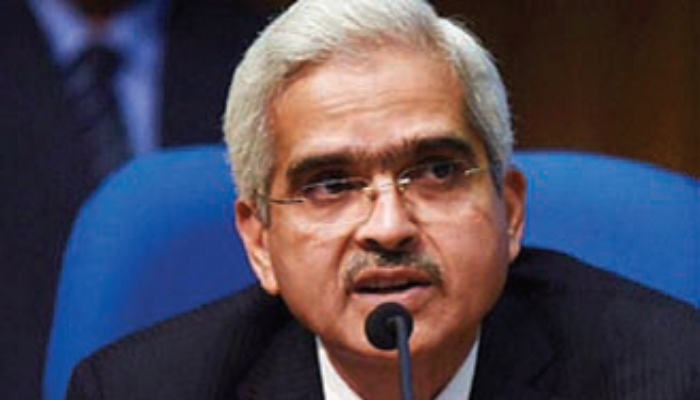
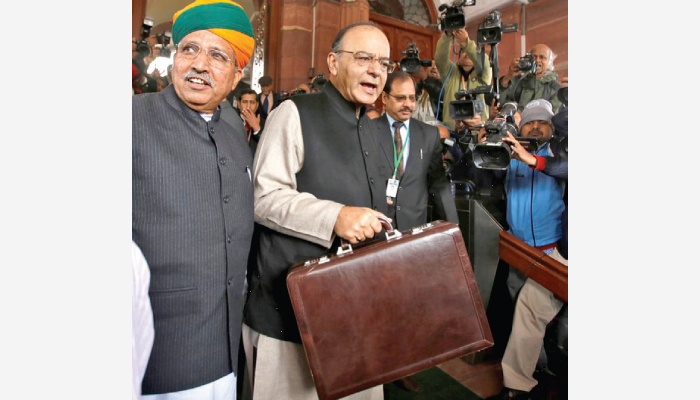
Targeting rural population, the FM aims to bring one crore households out of poverty and to make 50,000 Gram Panchayats poverty free by 2019. He has made MGNREGA allocation for the year 2017-18 as the highest ever at ` 48,000 crores. The FM also announced that The Pradhan Mantri Gram Sadak Yojana (PMGSY) is now being implemented as never before as the pace of construction of PMGSY roads has been accelerated to 133 km roads per day in 2016-17, against an avg. of 73 km during 2011-2014. India also aims to achieve 100% village electrification by May 2018.
In order to bring transparency in electoral funding, the FM has announced that the maximum amount of cash donation, a political party can receive, will be ` 2000 from one person, and every political party would have to file its return within the time prescribed in accordance with the provision of the Income-tax Act.


“These steps (proposals on cleaning-up political funding and abolition of the FIPB) are big signals about the government mindset. (They) show its determination to shed the skin of legacy and step firmly into the future.”
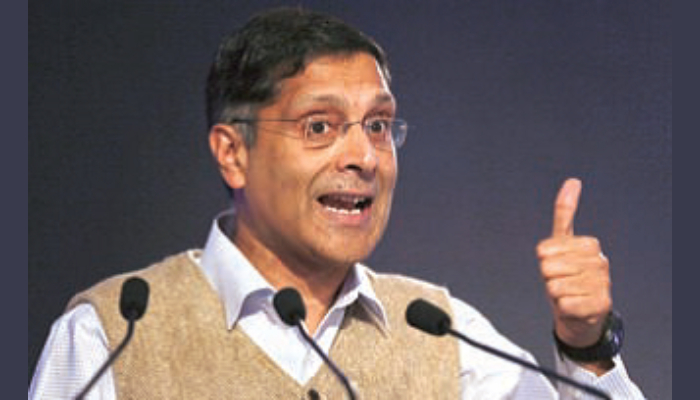


“Finance Minister, in any budget, has to do a very tight rope walking between boosting economic growth, containing expenditure and improving tax collection, with a keen eye on containing the fiscal deficit. To that extent, the FM in the budget for 2017-18 has tried to keep the fiscal deficit at 3.2% of GDP and has also created some fiscal space to reduce tax rate for 96% of the companies which have turnover below ` 50 crores; total outgo on that account is estimated to be ` 7,200 crores. This tax rate reduction would give a fillip to large number of companies, which are MSME, and allow them to join the formal sector. Finance Minister has also given 50% tax relief to the lower end of the taxable income, up to ` 5 lacs, and thereby he has incentivized small taxpayers to file tax returns. Both these tax reductions aimed at small taxpayers would have salutary impact on the taxpayers’ base. But this also has a downside as taxpayers in this bracket would have no incentive to file higher taxable income, and that could increase evasion and administrative cost, contrary to the basic framework of taxpayer friendly approach.”
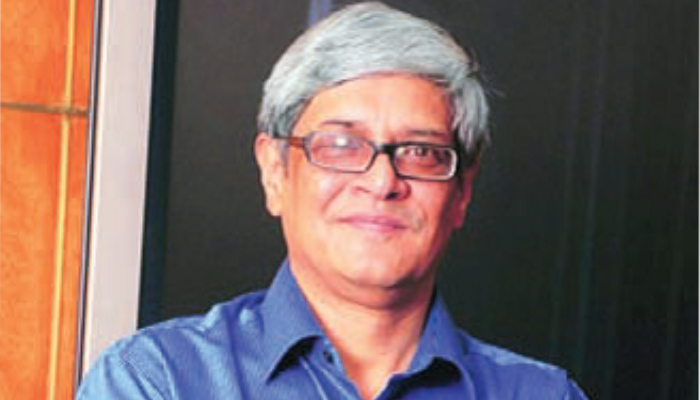
The Government will launch two new schemes to promote the usage of BHIM and Aadhar Pay, a merchant version of Aadhar Enabled Payment System, will be launched shortly


“Rural markets have suffered for the longest period of time. This year’s been an okay monsoon; the last two years have been very bad. And then demonetization came, so it slid again. But hopefully with these measures coming in, I’m sure that the rural economy is going to start to spur once again and that’s going to be very good for companies like ours. That’s really is the next frontier as far as consumption is concerned.”
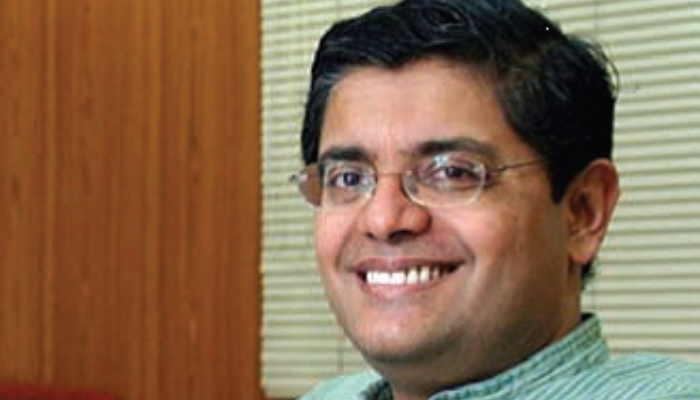
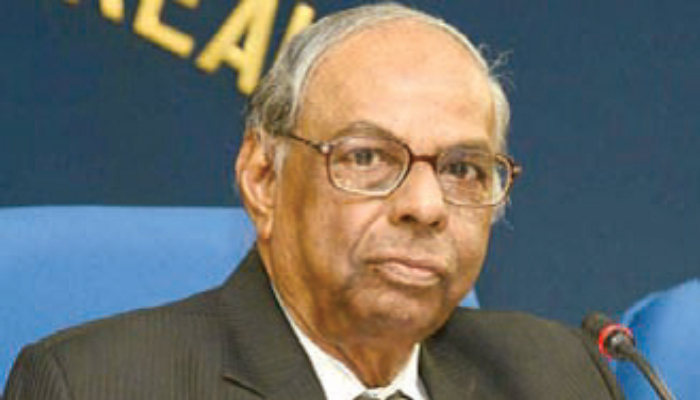


“The Finance Minister has presented a balanced budget, underlined by the continued push to using technology to aid a digital economy. As India strengthens its position on the global map, the need for skilled youth is crucial. The budget’s focus on extending market relevant training for the youth and setting up 100 international skill centers across the country, is a positive move.”
The LW Bureau is a seasoned mix of legal correspondents, authors and analysts who bring together a very well researched set of articles for your mighty readership. These articles are not necessarily the views of the Bureau itself but prove to be thought provoking and lead to discussions amongst all of us. Have an interesting read through.

Lex Witness Bureau

Lex Witness Bureau

Lex Witness Bureau

For over 10 years, since its inception in 2009 as a monthly, Lex Witness has become India’s most credible platform for the legal luminaries to opine, comment and share their views. more...
Connect Us:


The Grand Masters - A Corporate Counsel Legal Best Practices Summit Series
www.grandmasters.in | 8 Years & Counting
The Real Estate & Construction Legal Summit
www.rcls.in | 8 Years & Counting
The Information Technology Legal Summit
www.itlegalsummit.com | 8 Years & Counting
The Banking & Finance Legal Summit
www.bfls.in | 8 Years & Counting
The Media, Advertising and Entertainment Legal Summit
www.maels.in | 8 Years & Counting
The Pharma Legal & Compliance Summit
www.plcs.co.in | 8 Years & Counting
We at Lex Witness strategically assist firms in reaching out to the relevant audience sets through various knowledge sharing initiatives. Here are some more info decks for you to know us better.
Copyright © 2020 Lex Witness - India's 1st Magazine on Legal & Corporate Affairs Rights of Admission Reserved